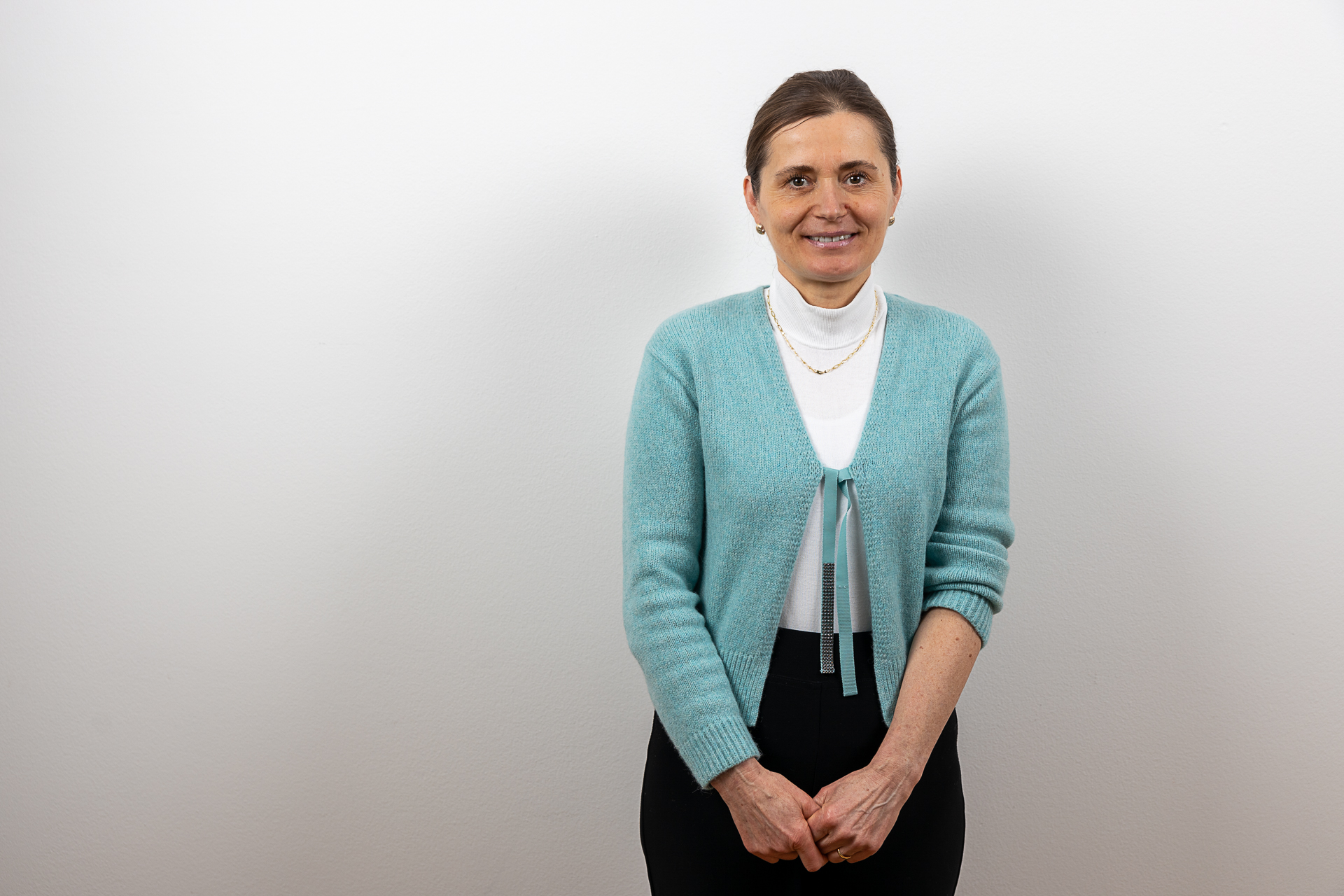The shape, type of exposed facets and defects can strongly influence the catalytic and photocatalytic properties of the particulate nanostructures. Topochemical transformations are one of the approaches for designing nanoparticles with a shape different from the thermodynamic one. The engineering of such nanostructures/particles is established on the selection of the appropriately structurally matched starting and target materials and on understanding the chemical processes in the reaction medium.
From the standpoint of photocatalytic activity, thin 2D nanostructural photocatalysts exhibit many advantages compared to larger 3D structures. Topochemical transformations of 2D Aurivillius phases (e.g. Bi4Ti3O12) into 2D perovskites (e.g. ATiO3, A=Ba, Sr, Ca) have until recently been investigated only in molten salts at high temperatures (900°C-1100°C). The team, that a young researcher will join, was the first to perform the conversion from Bi4Ti3O12 nanoplates to SrTiO3 and heterostructural SrTiO3/Bi4Ti3O12 nanoplates under hydrothermal conditions at a significantly lower temperature (200°C). They thoroughly studied the transformation mechanism and developed different strategies for controlling functional properties. Some results have already been published [1-3].
The young researcher will initially continue the study of hydrothermal topochemical transformations of Bi4Ti3O12 nanoplates to ATiO3 nanoplates (A=Ca, Ba) and also to solid solutions (e.g. Ba1-xSrxTiO3) and evaluate their properties. With this, she/he will gain a precise understanding of the mechanisms and strategies for controlling the functional characteristics of the prepared 2D perovskite titanates, which will further enable him to design similar conversions for other 2D Aurivillius phases (eg CaBi2Nb2O9). She/He will also investigate the approaches to improve photocatalytic properties by combining 2D perovskite nanostructures with other 2D photocatalysts (e.g. g-C3N4).
The topic is suitable for a young researcher who is interested in chemistry, has a desire for a deeper understanding of phenomena and is capable of independent thinking. The topic is also suitable for those who appreciate that the PhD theme is already supported by preliminary research. The work will be quite dynamic and includes both work in the laboratory (synthesis, characterization of materials, photocatalytic measurements) and work with the computer (analysis of results, literature study, calculations, solving crystal structures, and writing articles).
- M. Maček Kržmanc*, N. Daneu, A. Čontala, S. Santra, K.M. Kamal, B. Likozar and M. Spreitzer, ACS Appl. Mater. Interfaces, 13 (2021) 370-381.
- Z. J. Gong, C. C. Chien S. Mudhulu, J. C. S. Wu, N. Daneu, M. Maček Kržmanc* and W. Y. Yu*, J. Catal., 416 (2022) 222–232.
- A. Čontala, N. Daneu, S. Gupta, M. Spreitzer, A. Meden and M. Maček Kržmanc*, Nanoscale Adv. 5 (2023) 3005-3017.
